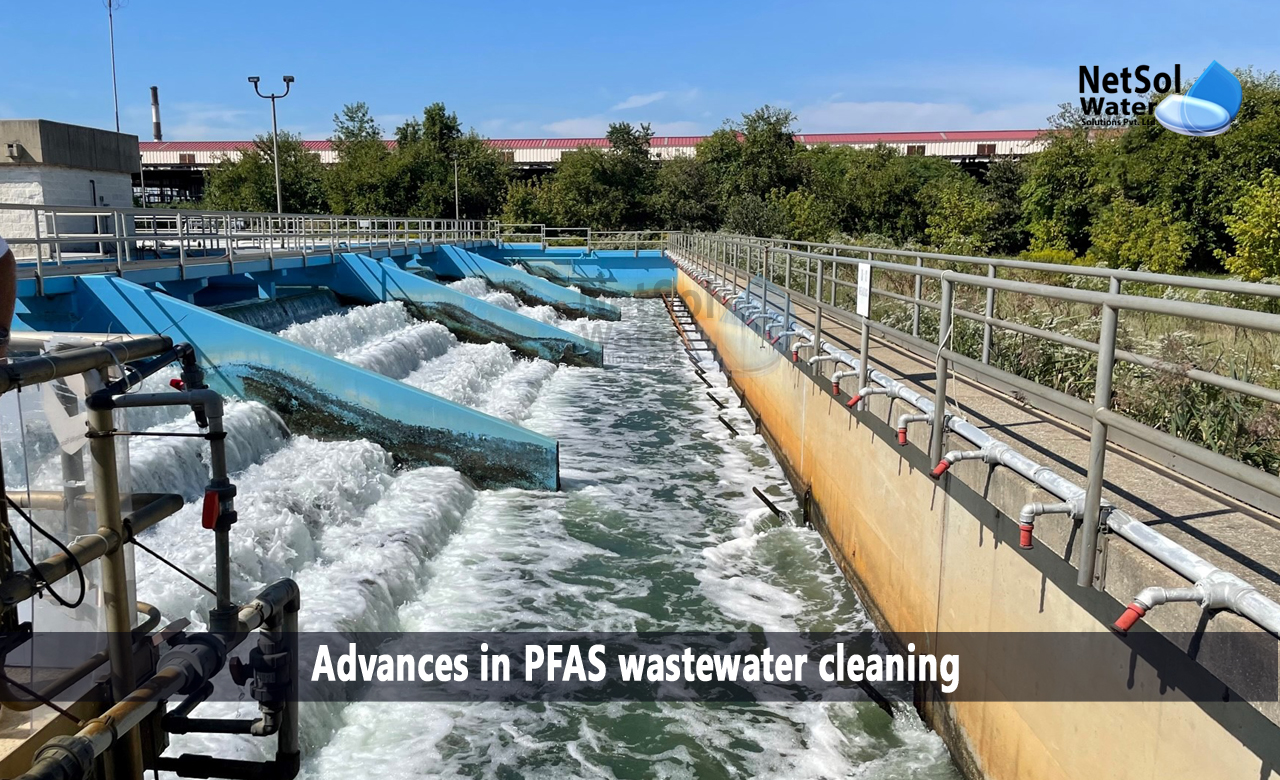What are the technologies for PFAS water treatment?
Per- and polyfluoroalkyl substances (PFAS) are a class of synthetic chemicals that have been used in a wide range of industrial and consumer products, such as non-stick cookware, firefighting foam, and waterproof clothing. However, PFAS are highly persistent in the environment and can accumulate in the food chain, posing a potential health risk to humans and wildlife.
One of the major sources of PFAS contamination is wastewater. PFAS can enter the wastewater system through various pathways, such as industrial discharges, landfills, and firefighting training sites. Therefore, effective methods for PFAS wastewater cleaning are essential to prevent further contamination of the environment and to protect human health.
In recent years, there have been significant advances in PFAS wastewater cleaning technologies. Here are some of the most promising ones:
Granular Activated Carbon (GAC) Filtration:
GAC is a type of carbon that has been processed to make it highly porous and thus capable of adsorbing contaminants. GAC filtration has been found to be effective in removing PFAS from wastewater. The PFAS molecules are adsorbed onto the surface of the GAC particles, which can then be removed from the wastewater.
Ion Exchange:
Ion exchange is a process that involves replacing the ions of one substance with the ions of another. In PFAS wastewater cleaning, ion exchange resins are used to capture PFAS molecules. The PFAS molecules are attracted to the resin surface, where they exchange places with the ions on the resin.
Membrane Filtration:
Membrane filtration is a process that uses a semi-permeable membrane to separate particles from a liquid. In PFAS wastewater cleaning, reverse osmosis and nanofiltration membranes have been found to be effective in removing PFAS from wastewater. The membranes have pores that are small enough to exclude the PFAS molecules, while allowing water molecules to pass through.
Electrochemical Oxidation:
Electrochemical oxidation is a process that uses an electric current to break down contaminants. In PFAS wastewater cleaning, electrochemical oxidation has been found to be effective in breaking down PFAS molecules. The process involves passing an electric current through the wastewater, which generates reactive oxidizing species that can break down the PFAS molecules.
Biological Treatment:
Biological treatment is a process that uses microorganisms to break down contaminants. In PFAS wastewater cleaning, biological treatment has been found to be effective in breaking down PFAS molecules. The process involves introducing microorganisms that are capable of breaking down the PFAS molecules into non-toxic compounds.
Conclusion:
In conclusion, PFAS contamination is a serious environmental and public health issue, and effective wastewater cleaning technologies are essential for preventing further contamination. The advances in PFAS wastewater cleaning technologies provide a range of promising options for removing PFAS from wastewater. However, each technology has its own advantages and limitations, and the selection of the most appropriate technology depends on various factors, such as the concentration and type of PFAS present in the wastewater, the volume of wastewater to be treated, and the treatment objectives. Therefore, a comprehensive and site-specific approach is necessary for effective PFAS wastewater cleaning.
For any other support, inquiries, or product purchases, call on +91-9650608473 or email at enquiry@netsolwater.com



